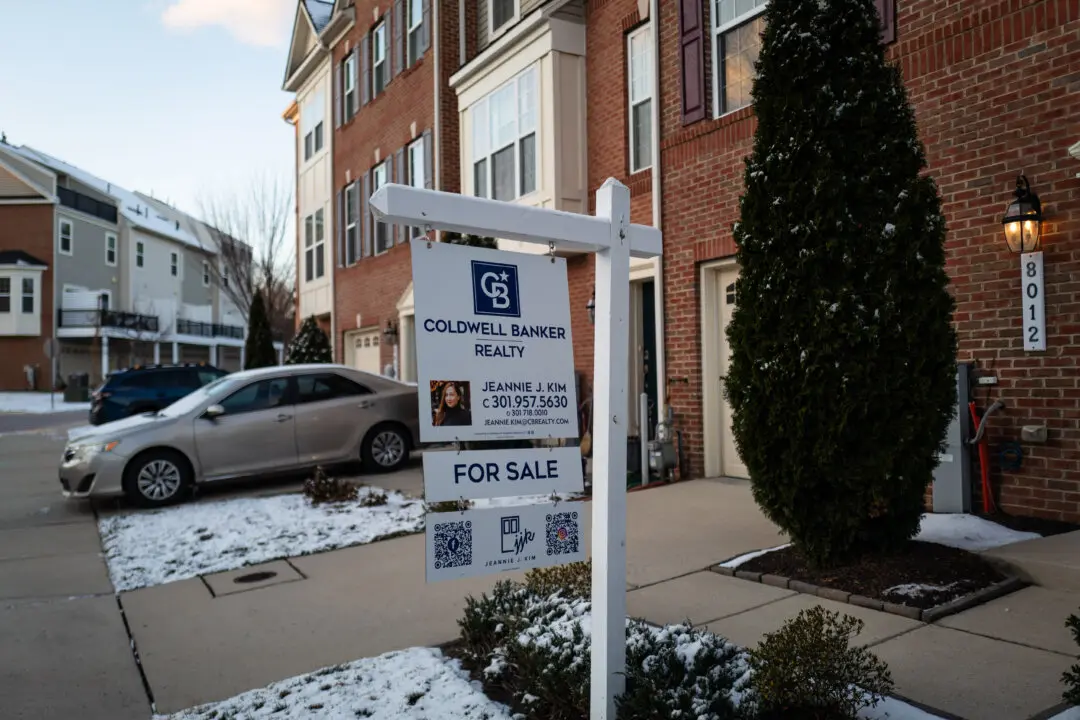Pessimism among U.S. citizens about the state of the American economy increased in May as they remain concerned about elevated prices, high interest rates, and unemployment.
The May “Index of Consumer Sentiment” by the University of Michigan showed that the economic indicator posted a 13 percent decline after three consecutive months of “very little change.” The 10-point decline in the index “is statistically significant and brings sentiment to its lowest reading in about six months.” There has been a “broad consensus across consumers” with people across age, education, and income groups feeling downbeat, according to the survey.





